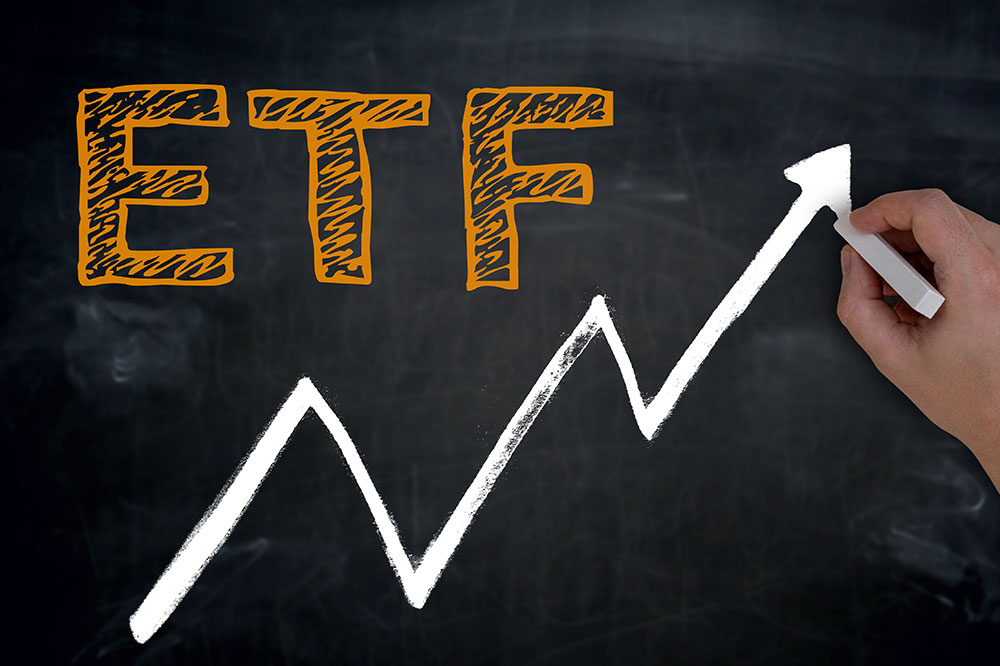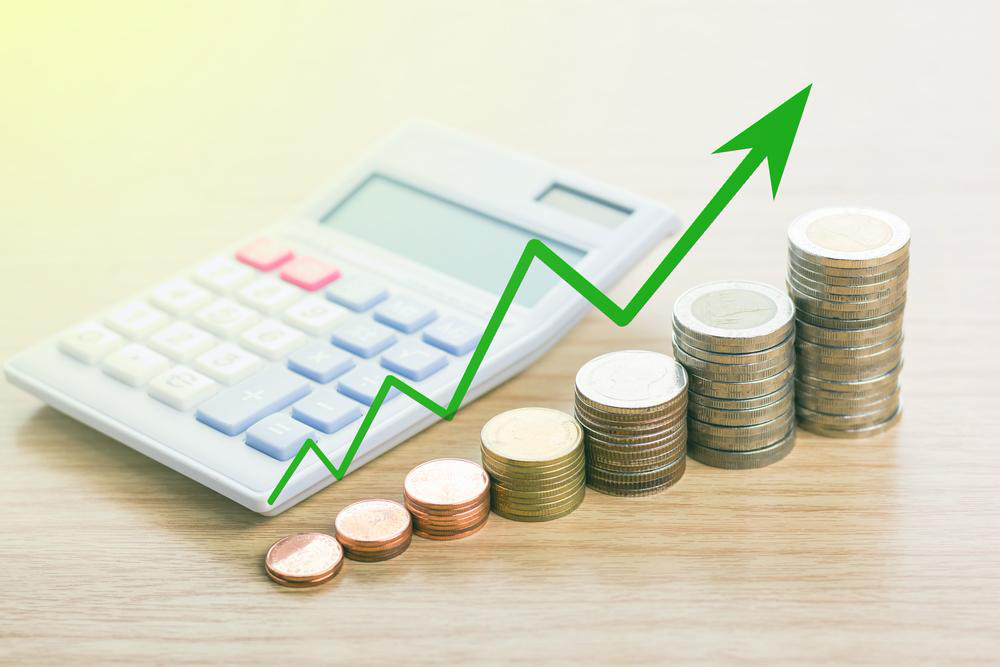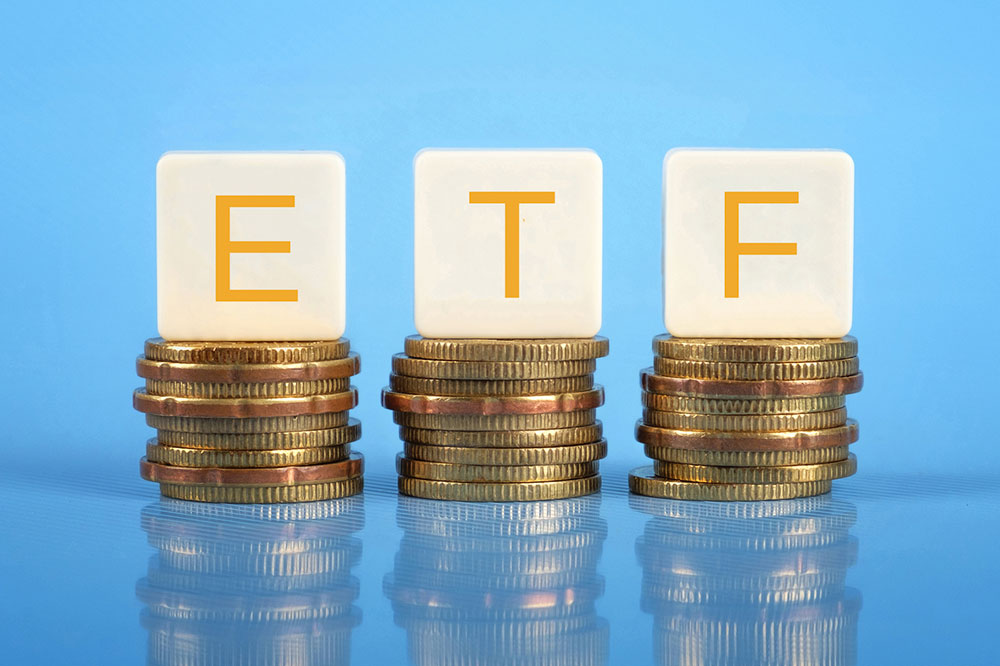Top 5 High-Yield Dividend ETFs to Watch in 2024
Discover the top high-yield dividend ETFs for 2024, including insights on their performance, dividend yields, and investment strategies. Learn how to select funds that offer consistent income and diversification to enhance your portfolio.

Periodically reviewing and adjusting your investment portfolio is crucial, especially in uncertain times like these when financial goals may shift. Exchange-traded funds (ETFs) are a popular choice for investors seeking exposure to high dividend-paying companies. These funds combine features of mutual funds and individual stocks, offering diversification and potential income.
Here are five leading high-dividend ETFs to consider for your investment strategy in 2024:
Vanguard Total Stock Market ETF (VTI)
This ETF tracks the CRSP US Total Market Index, representing nearly the entire investable US market, including micro-cap, small, mid, and large-cap stocks. As of March 2024, its SEC yield is approximately 2.20%, with a minimal expense ratio of 0.03%.
Vanguard Dividend Appreciation ETF (VIG)
VIG follows the NASDAQ US Dividend Achievers Select Index, encompassing around 182 stocks known for consistent dividend growth. In December 2023, its expense ratio was 0.06%, with an SEC yield near 1.80%.
Vanguard High Dividend Yield ETF (VYM)
This fund tracks the FTSE High Dividend Yield Index, holding roughly 404 stocks from high-yielding companies as of November 2023. The expense ratio is about 0.06%, and it offers an estimated SEC yield of 3.23%.
SPDR S&P Dividend ETF (SDY)
Recognized with a five-star rating from Morningstar, SDY follows the S&P High Yield Dividend Aristocrats Index, which includes over 100 companies with strong dividend histories. As of December 2023, its yield was approximately 2.5% with an expense ratio of 0.35%.
iShares Select Dividend ETF (DVY)
Managed by BlackRock, DVY holds about 100 companies with consistent five-year dividend payouts. Its SEC yield stands at approximately 3.56%, with an expense ratio of 0.39%.
Investment tips:
ETFs function like mutual funds, providing diversified exposure to specific sectors or the broad market based on your goals. Focus on funds that prioritize companies with a history of increasing dividends over several years. Always review past performance, available online or through fund websites, and consider dividend yields and payout histories before investing. Calculating yield involves dividing the latest dividend by the fund’s NAV.
Consult a financial advisor to ensure these investment choices align with your financial plan and risk tolerance.










